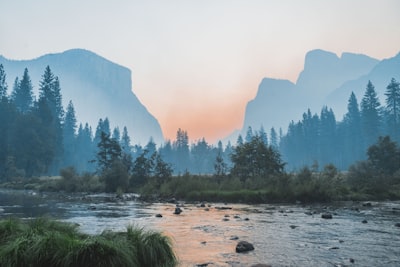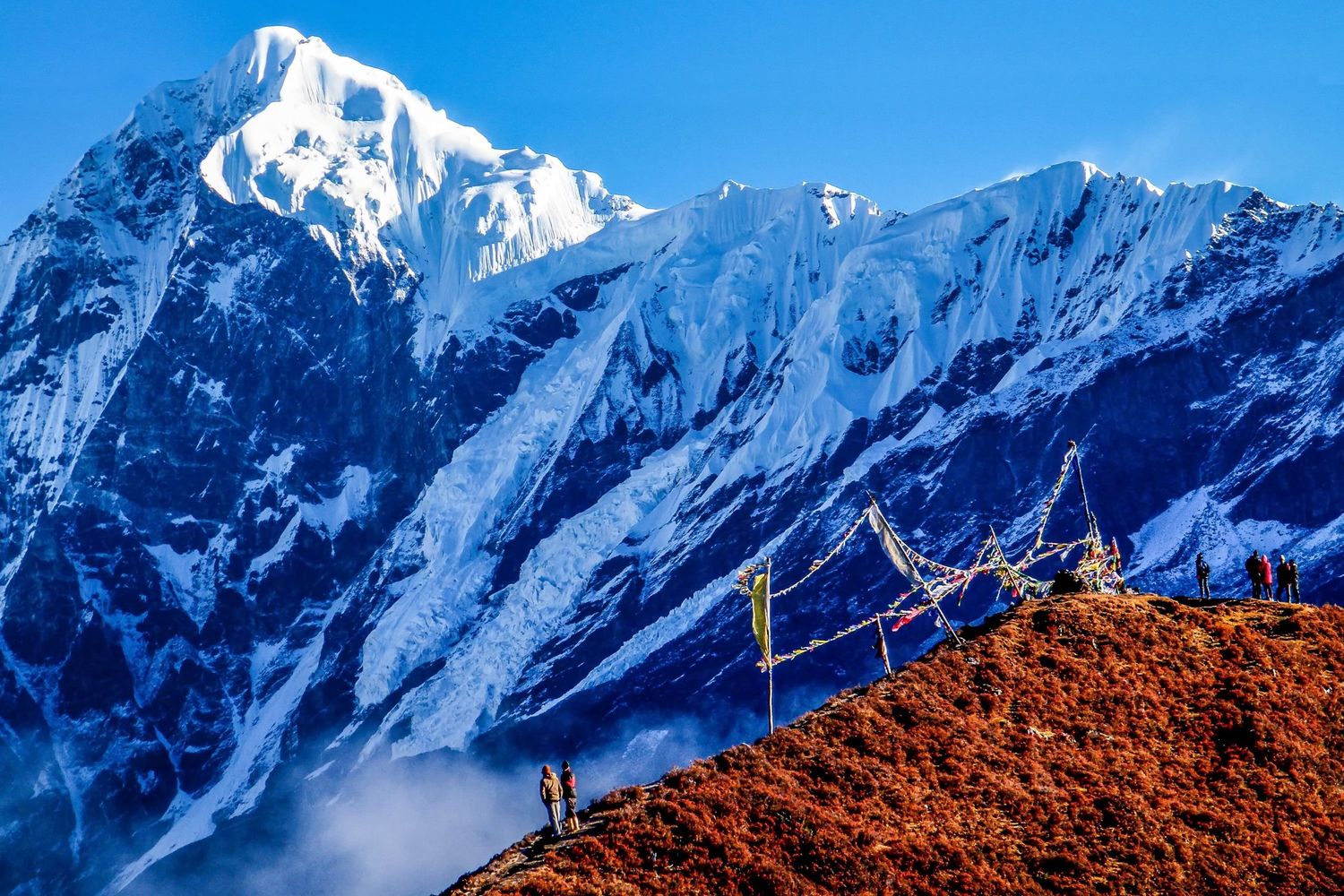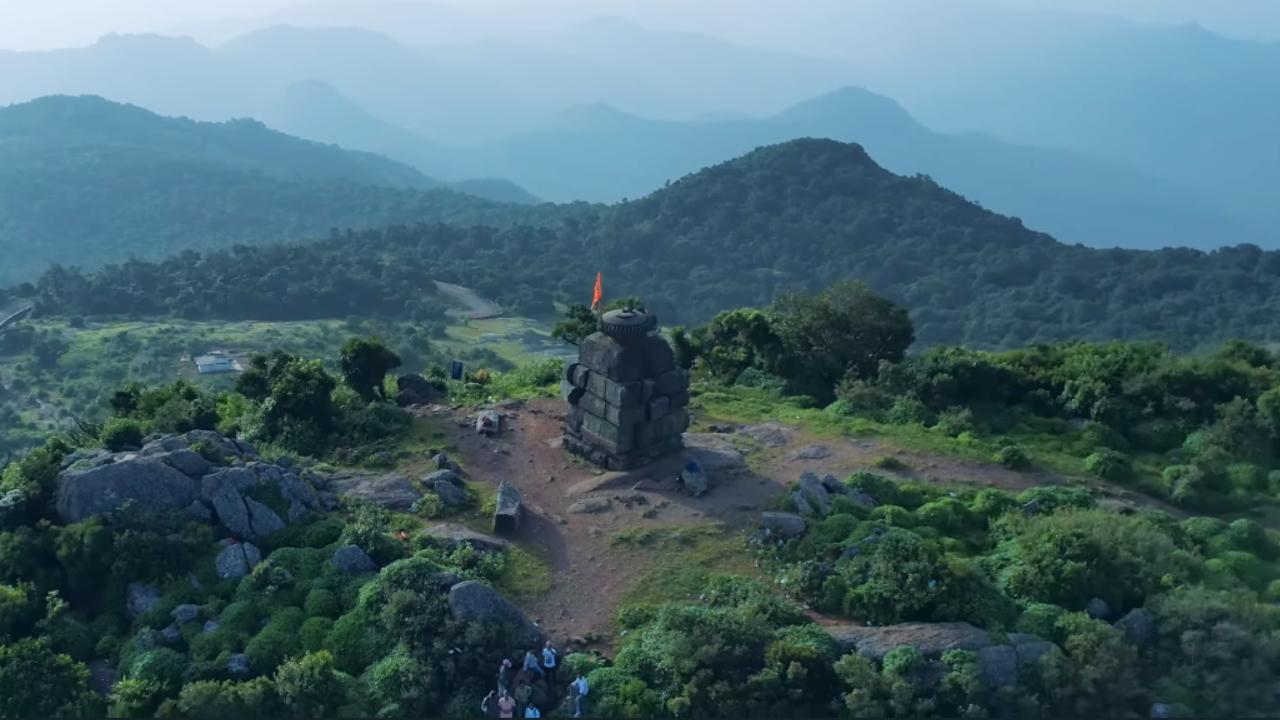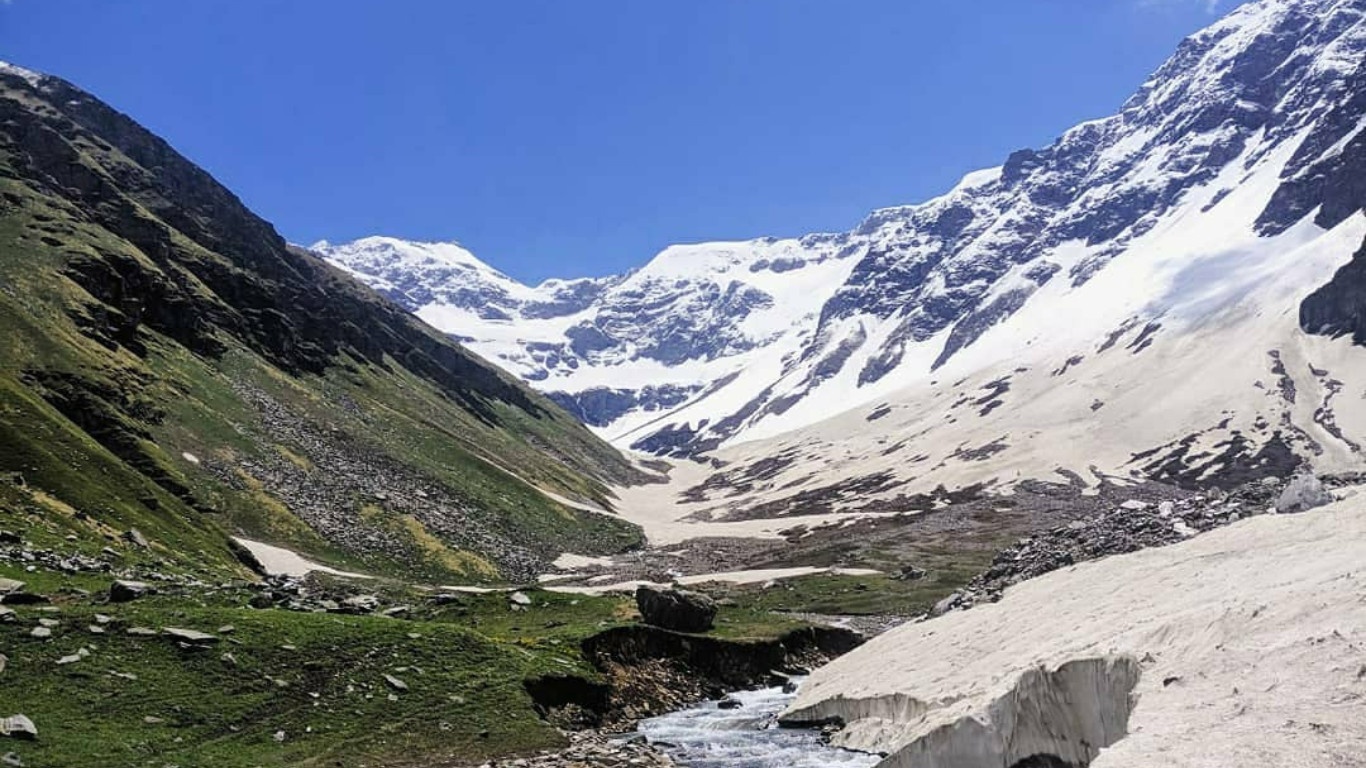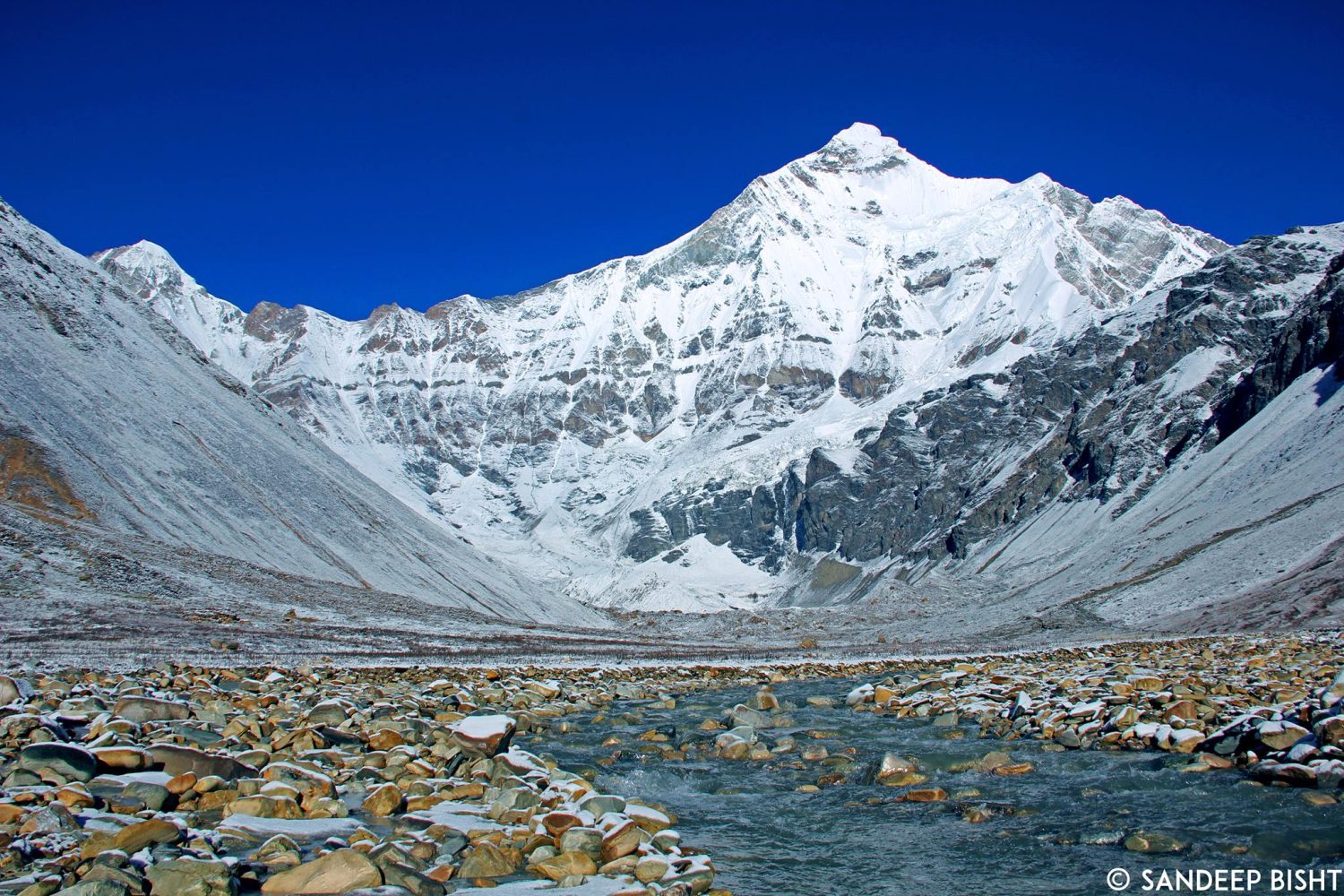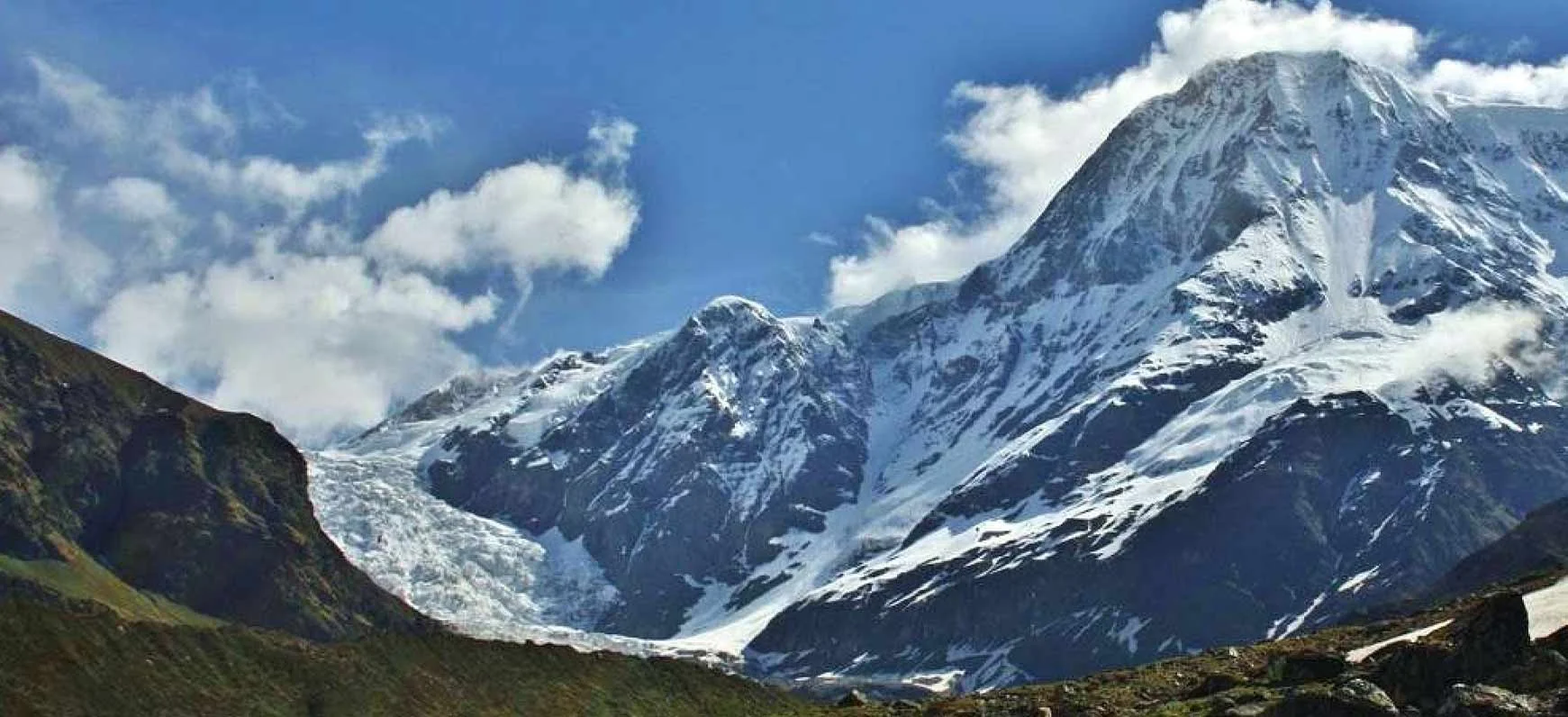Dzukou Valley Trek: The Valley of Flowers of the Northeast
Nestled between Nagaland and Manipur, the Dzukou Valley Trek is one of the most enchanting treks in Northeast India. Famous for its rolling green hills, natural caves, seasonal flowers, and the rare Dzukou Lily, this trek is often compared to the Valley of Flowers in Uttarakhand. The valley remains lush throughout the year, but in monsoon, it transforms into a breathtaking canvas of wildflowers stretching as far as the eye can see.
The Magical Valley
Dzukou Valley is known for its surreal landscapes. The endless carpet of grasslands and seasonal wildflowers make it a paradise for nature enthusiasts, trekkers, and photographers alike.
Flora and Fauna
The valley is home to many exotic species of flowers, most famously the rare Dzukou Lily which blooms only here. Streams, caves, and forests add to its natural charm, offering surprises at every turn.
Cultural Significance
Dzukou Valley is not just a trekker’s paradise, but also holds cultural and spiritual importance for the Naga tribes. Local legends and folklore add depth to the trek, making it a blend of culture and adventure.
Why This Trek Stands Out
Unlike many treks in India, Dzukou Valley offers easy accessibility, short duration, and breathtaking landscapes that can be enjoyed even by beginners. Its unique biodiversity and cultural richness make it one of India’s most special trekking destinations.












